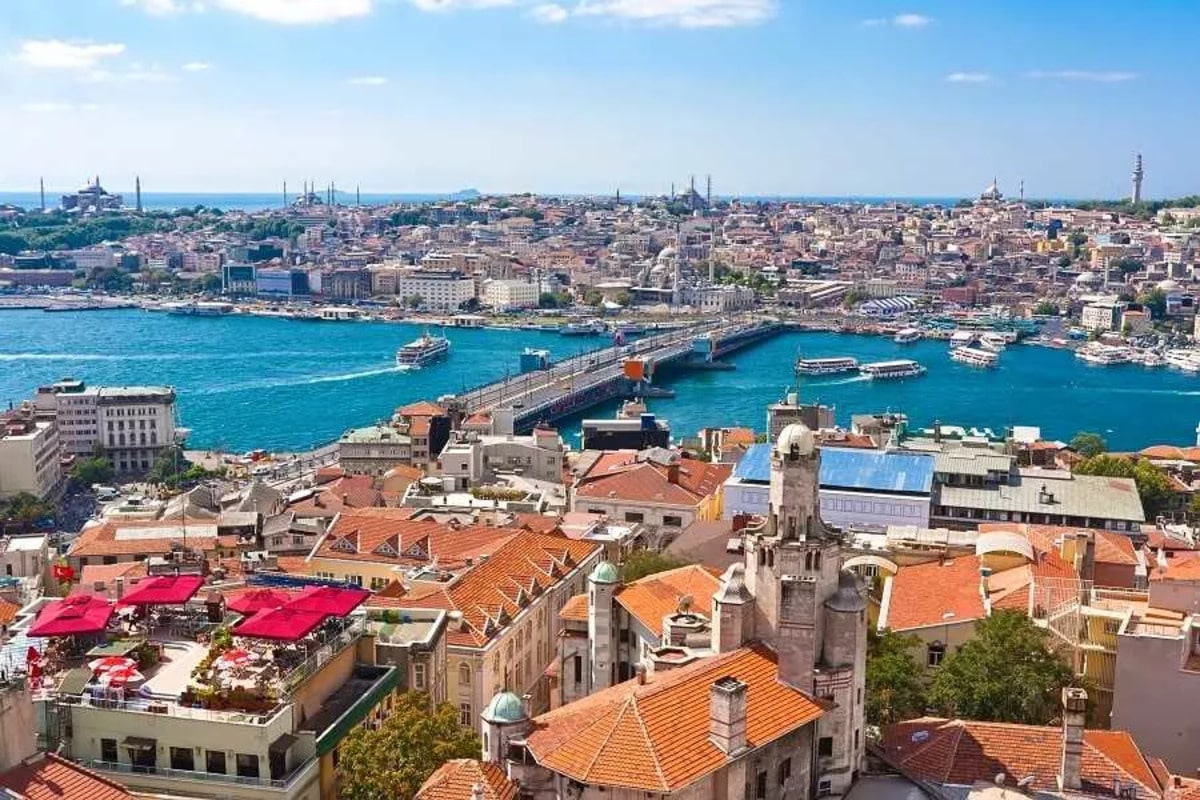Istanbul is a city that captivates with its centuries-old history, architectural splendor, and unique geographical location. It is one of the few cities in the world that spans two continents — Europe and Asia — which already makes it exceptional. Every street and building preserves traces of ancient civilizations, from Byzantium to the Ottoman Empire. Past and present intertwine here at every step, creating a one-of-a-kind atmosphere. Below are fascinating facts about Istanbul that you may not have known.
- Istanbul was the capital of three great empires: the Roman, Byzantine, and Ottoman Empires. It is the only city in the world that served such a significant role in the history of multiple civilizations.
- Its original name was Byzantium, which was changed to Constantinople in the year 330 when Emperor Constantine made the city the new capital of the Roman Empire. The modern name Istanbul was officially adopted in 1930 after the establishment of the Republic of Turkey.
- Although Istanbul is not the capital of Turkey, it is the country’s largest city in terms of population and cultural influence. Ankara serves as the administrative center, while Istanbul remains the heart of Turkey’s economic and tourist life.
- The Bosphorus Strait flows through the middle of the city, dividing it into European and Asian sections. Istanbul is the only city in the world located on two continents at the same time.
- The city stretches across seven hills, mirroring the layout of Rome. This was intentional, as Emperor Constantine planned to model the new capital after the Eternal City.
- Hagia Sophia is one of the most magnificent architectural monuments in the world. It was originally a Christian church, then a mosque, later a museum, and today once again functions as a mosque.
- The Grand Bazaar in Istanbul is one of the oldest and largest covered markets in the world. It contains over 4000 shops offering gold, carpets, spices, ceramics, and textiles.
- Istanbul is home to the oldest operating tram line in Europe, which runs along the famous Istiklal Street. This historic tram is not just a means of transport but also a symbol of the city’s heritage.
- The Galata Bridge, which spans the Golden Horn, has a two-level structure. On the lower level, there are many restaurants and cafes offering views of the waterway.
- The Topkapi Palace served for centuries as the residence of Ottoman sultans. It houses priceless Islamic relics, including the sword of the Prophet Muhammad.
- The Basilica Cistern is the oldest surviving underground water reservoir in the city. Its columns and light reflections on the water create a mysterious and historic ambiance.
- The Galata Tower, built by the Genoese in the 14th century, is one of Istanbul’s most popular observation points. From its top, there is a breathtaking panoramic view of the city and the Bosphorus.
- There are over 3000 mosques in Istanbul, making it one of the cities with the highest number of religious structures in the Islamic world. The most famous include the Blue Mosque and the Süleymaniye Mosque.
- The street cats of Istanbul have become a beloved symbol of the city. Locals care for them, build shelters, provide food, and even produce films about their lives.
- The city has a well-developed water transport system. Ferries connect the European and Asian sides as well as the Princes’ Islands, a favorite getaway spot for both locals and tourists.
- Istanbul hosts an annual International Film Festival, one of the most prestigious in the region. It attracts filmmakers, actors, and cinema lovers from around the world.
- Istanbul’s cuisine is a rich fusion of Eastern and Western flavors. Here you can enjoy traditional Turkish dishes as well as food from Mediterranean, Balkan, and Caucasian cuisines.
- Istanbul University, founded in 1453, is one of the oldest institutions of higher education in Turkey. It still plays a leading role in the country’s academic and scientific fields.
- Istanbul was one of the first cities in the Islamic world to launch a metro system. Today, the metro network continues to expand, connecting more and more areas of the metropolis.
- During archaeological excavations in the city center, the ancient Port of Theodosius, dating back to the 4th century, was discovered. This finding further confirms the deep historical roots of Istanbul.
These incredible facts about Istanbul shed new light on this ancient yet modern city. Its streets, mosques, palaces, and markets tell the stories of civilizations and the everyday lives of millions of people. Istanbul is not just a dot on the map, but a living, breathing place where history and modernity coexist. You may not have known, but a single visit to this city can forever change your view of the world.





